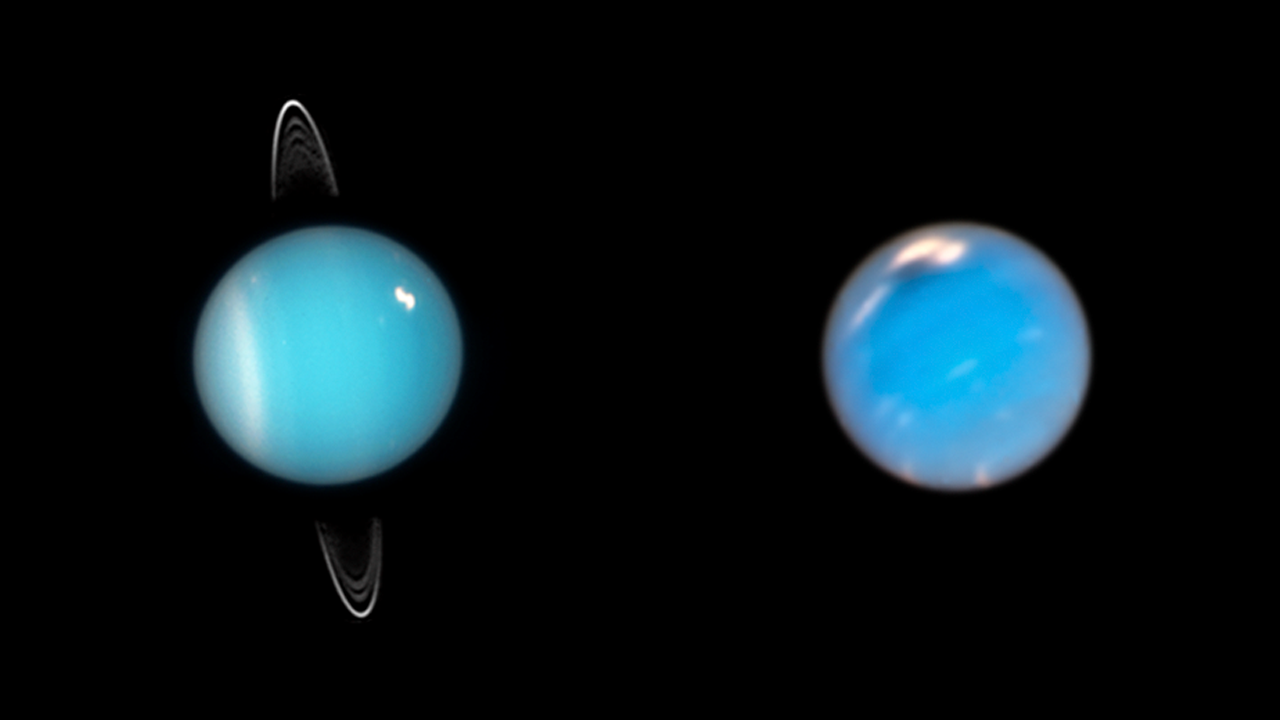Uranus and Neptune May Not Be 'Ice Giants' After All, New Research Suggests


For decades, schoolchildren and space enthusiasts have learned that Uranus and Neptune are the "ice giants" of our solar system. But a growing body of research suggests that this long-standing classification might be misleading, prompting astronomers to propose a new name that could better capture what these mysterious planets are truly made of.
A Shift in Planetary Identity
The traditional view of Uranus and Neptune as "ice giants" stems from early models of planetary formation. These models suggested that the interiors of these distant worlds are largely composed of mixtures of water, ammonia, and other volatile compounds that readily freeze in the cold depths of space. It was a neat, tidy explanation that seemed to fit what little we could observe from Earth.
But as our understanding of planetary science has evolved, so too has our ability to peer deeper into these worlds. New research and more sophisticated modeling have revealed a much more complex reality, leading some scientists to argue that "rocky giants" might be a more accurate description.
What's Really Inside?
So, what's driving this potential reclassification? The key lies in understanding the distribution of elements within these planets. While there's no doubt that Uranus and Neptune contain significant amounts of "ices," new data suggests that a much larger proportion of their mass might come from rock and metal than previously thought.
If these planets are indeed more rocky than icy, it would fundamentally change our understanding of how they formed. It could mean that they accumulated their initial rocky cores differently than we assumed, or that the process of material accretion in the outer solar system was more varied than our current models allow.
Why Does This Matter?
You might be wondering why a simple name change is such a big deal in astronomy. The truth is, it's not just about semantics. How we classify a planet reflects—and shapes—our understanding of its history, its behavior, and its place in the cosmos.
Reclassifying Uranus and Neptune as "rocky giants" would force scientists to revisit their theories about planetary formation in the cold, distant reaches of our solar system. It could have implications for how we search for and understand exoplanets, particularly those in the outer regions of other star systems.
Moreover, it underscores a humbling truth about exploration: even for planets in our own cosmic backyard, there is still so much we don't know. Each new discovery serves as a reminder that science is a journey of constant refinement and revision.
As we continue to study these distant worlds with advanced telescopes and future missions, the debate over whether to call them ice giants or rocky giants will surely continue. But regardless of what we end up calling them, one thing is certain: Uranus and Neptune will remain two of the most intriguing and enigmatic worlds in our solar system, full of secrets waiting to be uncovered.